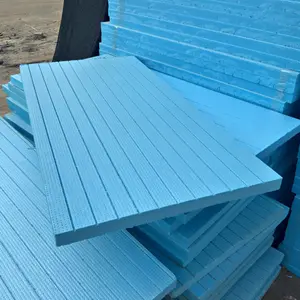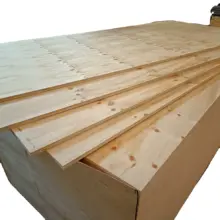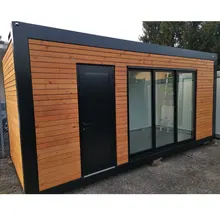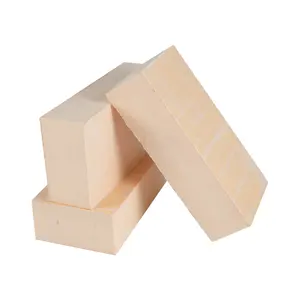Our platform offers a diverse range of fire retardant foam insulation boards designed to meet various safety and construction needs. Among the types available, one can find decorative exterior wall panels, which are 16mm thick and tailored for prefabricated houses, providing both aesthetic appeal and insulation. XPS foam boards are also prominent, known for their waterproofing capabilities and suitability for both indoor and outdoor applications, including styrofoam sheets for extensive coverage. The inventory includes specialized options like aluminum foil PIR (polyisocyanurate) boards, which come with an added layer of roof fiberglass tissue for enhanced thermal resistance.
For more demanding environments, our platform lists insulation sandwich wall panels and cold room panels, such as PU panels with cam locks that are ideal for walk-in freezers. The double-sided aluminum foil phenolic air boards are crafted for high-density applications, particularly in air conditioning systems, to provide robust heat insulation. Additionally, there are fire retardant boards specifically designed for soundproofing and waterproofing, which are integral to steel structural factories and other industrial applications.
The platform also caters to specialized requirements with products like fire retardant flexible extruded polystyrene boards, durable XPS boards, and EPS sandwich panels for roofing and wall installations. These materials are not only fire resistant but also offer thermal insulation properties. For HVAC systems, one can opt for the phenolic foam insulation boards or the closed-cell insulation foam sheets, which are tailored for such applications. The variety extends to heat resistant polyolefin polyurethane foam rolls and lightweight EPS cement foam insulation sandwich boards, demonstrating the breadth of fire retardant solutions available for modern construction needs.













































 浙公网安备 33010002000092号
浙公网安备 33010002000092号 浙B2-20120091-4
浙B2-20120091-4